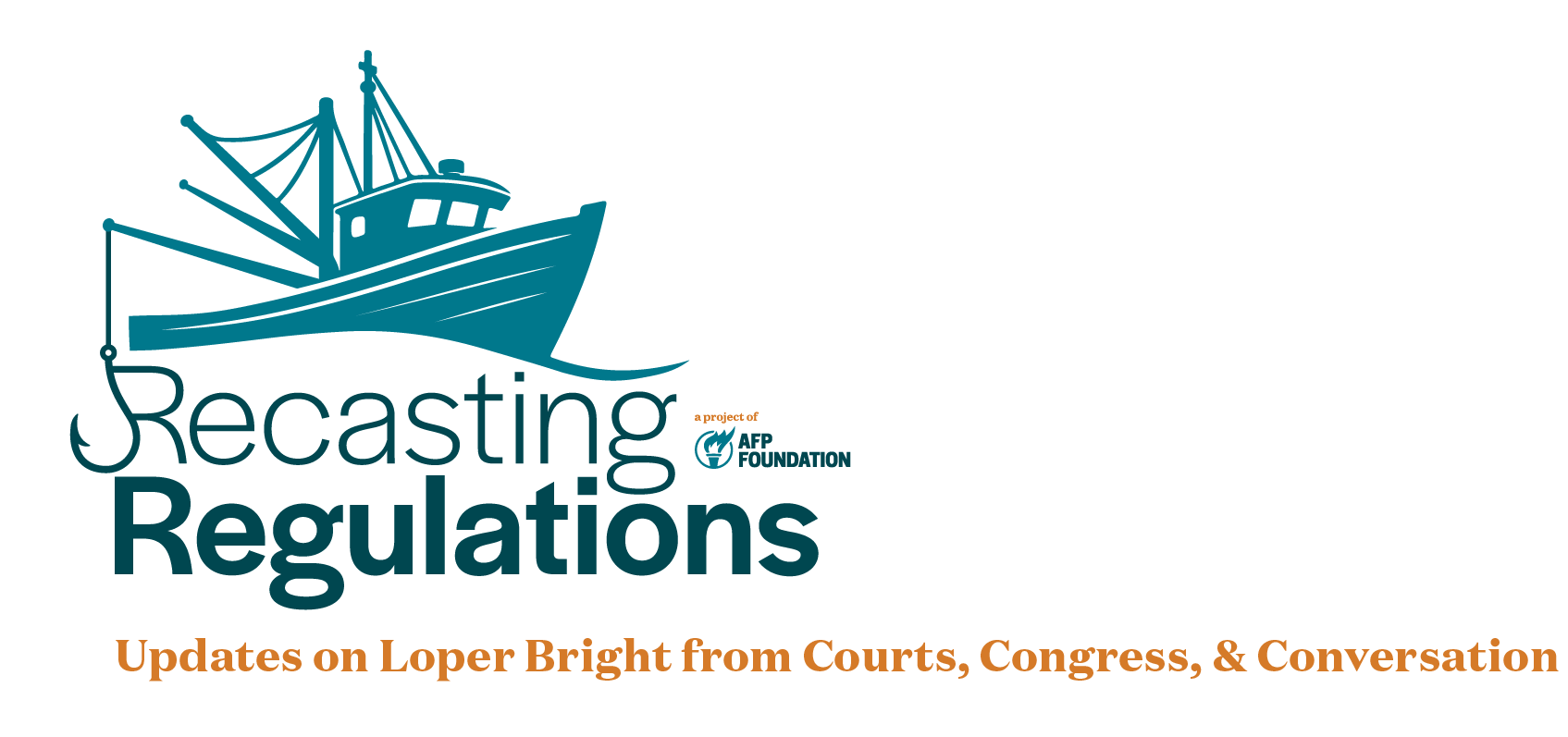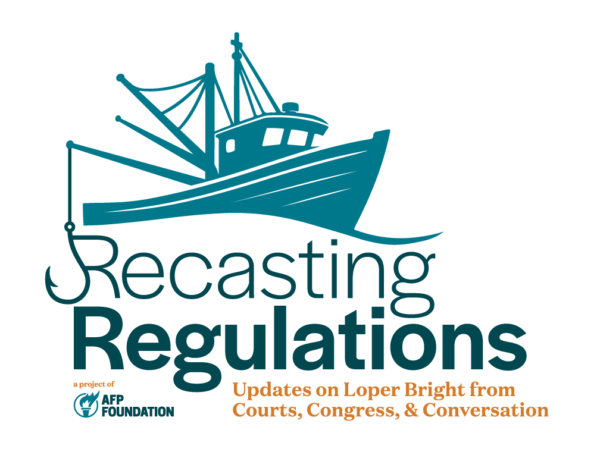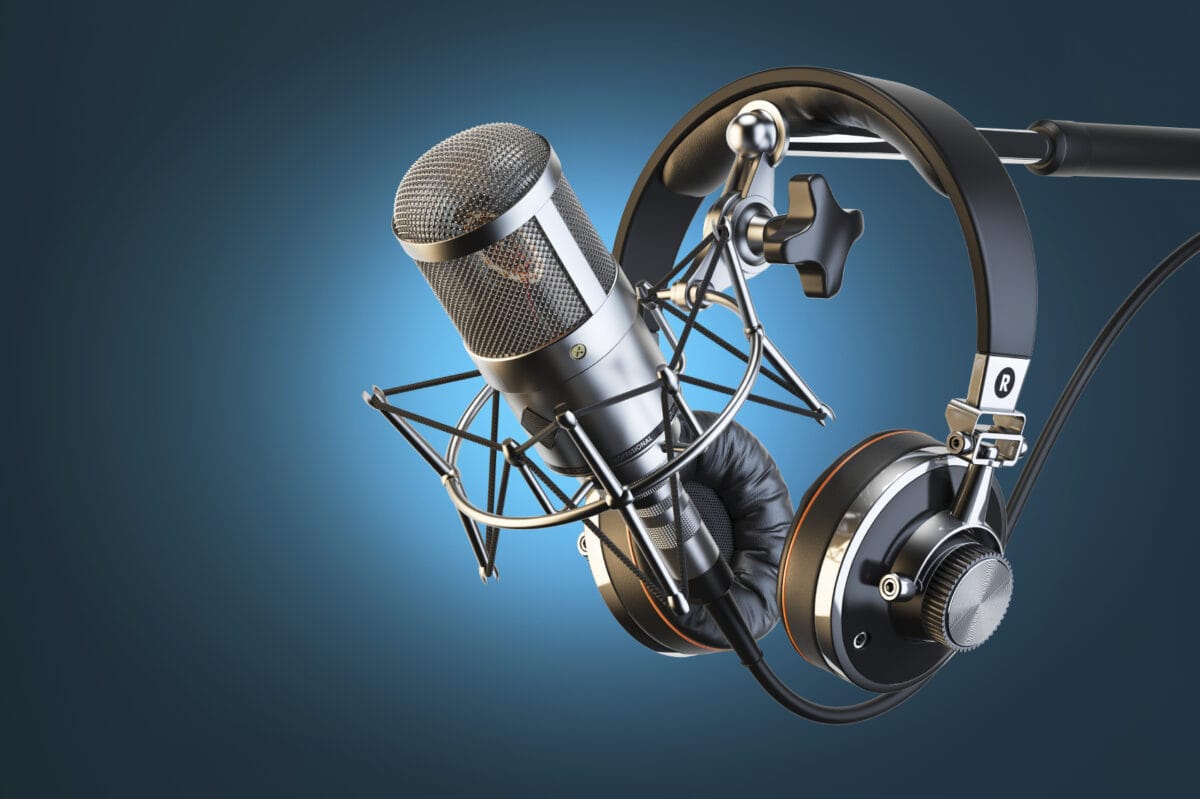
Subscribe to Recasting Regulations to Sign up for Loper Bright Updates.
"*" indicates required fields
American Legislative Exchange Council’s Nino Marchese writes in The Hill:
Loper Bright reminds the nation that final legal interpretation belongs squarely with the judiciary — a core thread of our jurisprudential fabric stretching all the way back to Marbury v. Madison. When judges are forced to bow before bureaucrats on questions of law, we risk not only implementing the policy preferences of unelected regulators, but also expanding executive branch “lawmaking,” eroding the separation of powers characteristic of our system.
Although Loper Bright cleared the way for our federal courts, it left state judiciaries untouched. Nearly two-thirds of the states continue to operate under some form of deference, many suffering under a jurisprudential fog of unclear or inconsistently applied precedent.
…
This year, more than 13 states have introduced aligned anti-deference bills, five of which — Kentucky, Louisiana, Missouri, Oklahoma, and Texas — prevailed.
On Friday, the Liberty University School of Law’s Supreme Courtroom was packed with students and community guests for the “Liberty Law Review’s” symposium, Loper Bright: A New Era of Administrative Law, which focused on the landmark 2024 Supreme Court case Loper Bright v. Raimondo.
The Hon. Jennifer Walker Elrod, chief judge of the 5th U.S. Circuit Court of Appeals, was the featured speaker at Friday’s event. She helped students and the community understand how the Supreme Court case has impacted the future of administrative law while also showcasing the outstanding work and diligence of “Liberty Law Review” students in contributing legal and educational insights to their community.
The Yale Notice & Comment blog is hosting a symposium on the U.S. Senate’s Post-Chevron Working Group Report. Senator Eric Schmitt, the driving force behind the working group, has the lead essay in the symposium summarizing the initiative and its importance.
(more…)On September 29, 2025, the Tenth Circuit issued its decision in Rangel-Fuentes v. Bondi. The case not only resolves an important question about eligibility for cancellation-of-removal orders under federal immigration law but also provides a roadmap for how courts might approach statutory interpretation—and, specifically, delegations of discretionary agency authority—in the post-Chevron era.
(more…)On September 18th, the Supreme Court requested that the government file a response to the pending cert petition in Poore v. United States, a case raising an interesting Loper Bright implementation question.
(more…)Last week, the Fifth Circuit issued a significant decision in Texas v. EPA, denying Texas’s petition for review of the Environmental Protection Agency’s (“EPA”) disapproval of a State Implementation Plan (“SIP”) under the Clean Air Act (“CAA”). The case is notable not only for its implications for interstate air pollution regulation, but also for its application of Loper Bright.
(more…)Earlier this month, the Third Circuit released its decision in In re Yellow Corp., a case that started as a high-stakes bankruptcy dispute and ended up involving a challenge to the Pension Benefit Guaranty Corporation’s (“PBGC”) regulations imposing “reasonable conditions” on the use of COVID-19 relief funds. The Yellow Corp. decision offers another example of Loper Bright implementation and provides insight into how courts are handling cases involving express delegations of “gap-filling” regulatory authority to agencies in the post-Chevron era.
(more…)AFP Foundation’s Ryan Mulvey discusses his Constitution Day essay.
On September 17, 1787—today, 238 years ago—a momentous event took place in Philadelphia, Pennsylvania. Delegates from the thirteen States, who were assembled in convention, signed our United States Constitution. Although the Constitution was not ratified until the next year, its completion and presentation to the States for adoption marked the beginning of a radical restructuring of our national government.
(more…)Last week, in Verizon Communications Inc. v. Federal Communications Commission, the Second Circuit rejected a petition for review of a forfeiture order imposing nearly $47 million in penalties for violation of the confidentiality provisions of the federal Communications Act. In doing so, the Circuit offered an important example of how courts will apply the de novo standard of review required by Loper Bright Enterprises v. Raimondo, as well as the limits of that standard when it is clear the best reading of a law is that it delegates some discretionary authority to an agency.
(more…)









